How To Calculate Depth Of Field Microscope ?
The depth of field in a microscope can be calculated using the formula:
Depth of Field = (2 * N * λ * (n + 1)) / (N^2 - λ^2)
Where:
- N is the numerical aperture of the objective lens
- λ is the wavelength of light used
- n is the refractive index of the medium between the objective lens and the specimen
This formula gives an approximation of the depth of field, which is the distance along the optical axis within which the specimen appears in focus. It is important to note that this formula assumes a thin lens approximation and does not take into account factors such as aberrations or lens design.
To calculate the depth of field, you need to know the numerical aperture of the objective lens, the wavelength of light used, and the refractive index of the medium. By plugging these values into the formula, you can determine the depth of field for a given microscope setup.
1、 Numerical Aperture (NA) and Depth of Field (DOF) Relationship
To calculate the depth of field (DOF) in a microscope, you need to consider the numerical aperture (NA) of the objective lens and the wavelength of light being used. The depth of field refers to the range of distances along the optical axis where the specimen remains in focus.
The formula to calculate the depth of field is given by:
DOF = (2 * n * λ) / (NA^2 * (n - 1))
Where:
- DOF is the depth of field
- n is the refractive index of the medium between the objective lens and the specimen
- λ is the wavelength of light being used
- NA is the numerical aperture of the objective lens
The numerical aperture is a measure of the lens's ability to gather light and resolve fine details. It is determined by the lens design and the refractive index of the medium. A higher numerical aperture allows for a larger depth of field.
It is important to note that this formula assumes a perfect lens and a homogeneous medium. In reality, aberrations and variations in the refractive index can affect the depth of field. Additionally, the depth of field can be influenced by factors such as the magnification of the lens, the size of the aperture, and the quality of the optics.
In recent years, advancements in microscopy techniques, such as confocal microscopy and adaptive optics, have allowed for improved control over the depth of field. These techniques use various methods to selectively illuminate and detect light from specific focal planes, resulting in enhanced resolution and extended depth of field.
Overall, calculating the depth of field in a microscope involves considering the numerical aperture and the wavelength of light, but it is important to consider other factors and advancements in microscopy techniques for a more accurate assessment.

2、 Microscope Objective Lens Specifications and DOF Calculation
To calculate the depth of field (DOF) in a microscope, you need to consider the specifications of the objective lens being used. The DOF refers to the range of distances along the optical axis where the specimen appears to be in focus.
The formula commonly used to calculate DOF in a microscope is:
DOF = (2 * N * S^2 * c) / (f^2 * λ)
Where:
- DOF is the depth of field
- N is the refractive index of the medium between the objective lens and the specimen
- S is the numerical aperture (NA) of the objective lens
- c is the coherence length of the light source
- f is the focal length of the objective lens
- λ is the wavelength of the light source
It is important to note that this formula assumes a perfect optical system and does not take into account factors such as aberrations, diffraction, or the thickness of the specimen.
In recent years, advancements in microscopy techniques have led to the development of new methods for calculating DOF. For example, computational imaging techniques, such as extended depth of field (EDOF) algorithms, can be used to enhance the DOF beyond the physical limitations of the objective lens. These techniques involve capturing a series of images at different focal planes and then combining them to create a single image with an extended DOF.
Additionally, the use of adaptive optics in microscopy has shown promise in improving the DOF. Adaptive optics systems can correct for aberrations in real-time, allowing for sharper and more extended focus in microscopy.
Overall, calculating the depth of field in a microscope involves considering the objective lens specifications and taking into account advancements in computational imaging and adaptive optics techniques for improved DOF.

3、 Working Distance and DOF in Microscopy
To calculate the depth of field (DOF) in a microscope, you need to consider the working distance and the numerical aperture (NA) of the objective lens. The DOF refers to the range of distances along the optical axis where the specimen appears in focus.
The formula to calculate the DOF in a microscope is:
DOF = (2 * n * λ) / (NA^2 * (n - 1))
Where:
- DOF is the depth of field
- n is the refractive index of the medium between the objective lens and the specimen
- λ is the wavelength of light used
- NA is the numerical aperture of the objective lens
The working distance is the distance between the front lens of the objective and the specimen. It is an important factor in determining the DOF. A longer working distance generally results in a larger DOF.
It is important to note that the DOF is inversely proportional to the square of the NA. This means that increasing the NA will decrease the DOF, resulting in a narrower range of focus. However, higher NA objectives can provide higher resolution and better image quality.
Additionally, advancements in microscopy techniques, such as confocal microscopy and two-photon microscopy, have allowed for improved control over the DOF. These techniques use specialized optics and scanning mechanisms to selectively capture in-focus information from different depths within the specimen, effectively increasing the effective DOF.
In conclusion, the depth of field in a microscope can be calculated using the working distance and the numerical aperture of the objective lens. However, it is important to consider the trade-off between DOF and resolution when choosing the appropriate objective for a specific microscopy application.
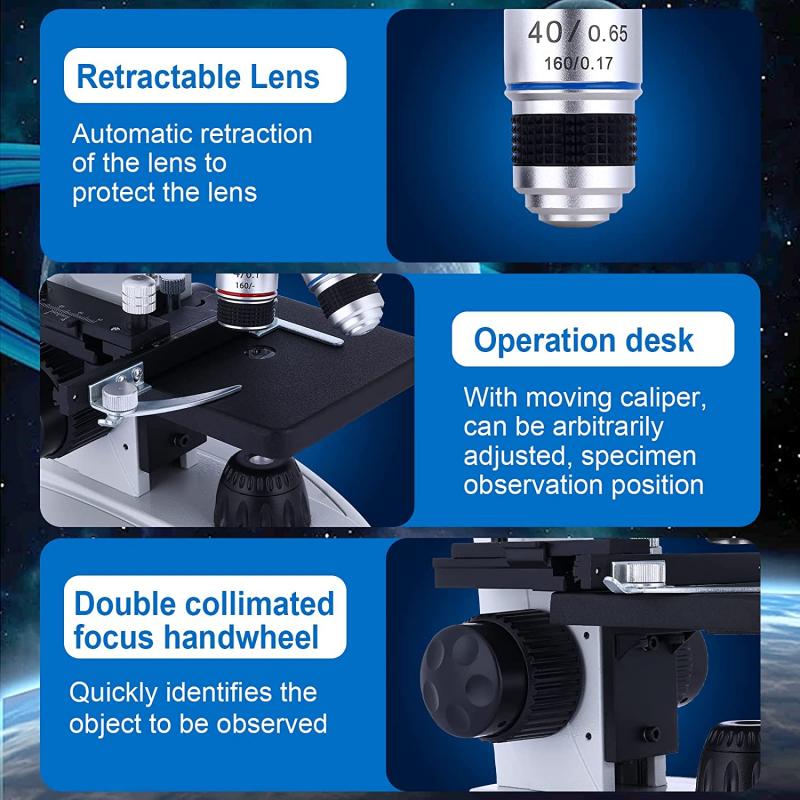
4、 Influence of Magnification on Microscope DOF
To calculate the depth of field (DOF) in a microscope, you can use the following formula:
DOF = (2 * N * C * λ) / (n * NA^2)
Where:
- DOF is the depth of field
- N is the refractive index of the medium between the objective lens and the specimen
- C is the cover slip correction factor (usually 0.17 for a standard microscope)
- λ is the wavelength of light used (typically 550 nm)
- n is the refractive index of the objective lens
- NA is the numerical aperture of the objective lens
The depth of field is inversely proportional to the square of the numerical aperture. This means that as the magnification increases, the numerical aperture also increases, resulting in a decrease in the depth of field. Therefore, higher magnification objectives have a shallower depth of field compared to lower magnification objectives.
It is important to note that the depth of field is also influenced by other factors such as the thickness of the specimen, the refractive index of the specimen, and the quality of the microscope optics. Additionally, advancements in microscope technology, such as the use of confocal microscopy or computational imaging techniques, can provide improved depth of field capabilities.
In conclusion, the depth of field in a microscope can be calculated using the formula mentioned above. However, it is essential to consider other factors and advancements in microscopy technology to fully understand the influence of magnification on microscope DOF.
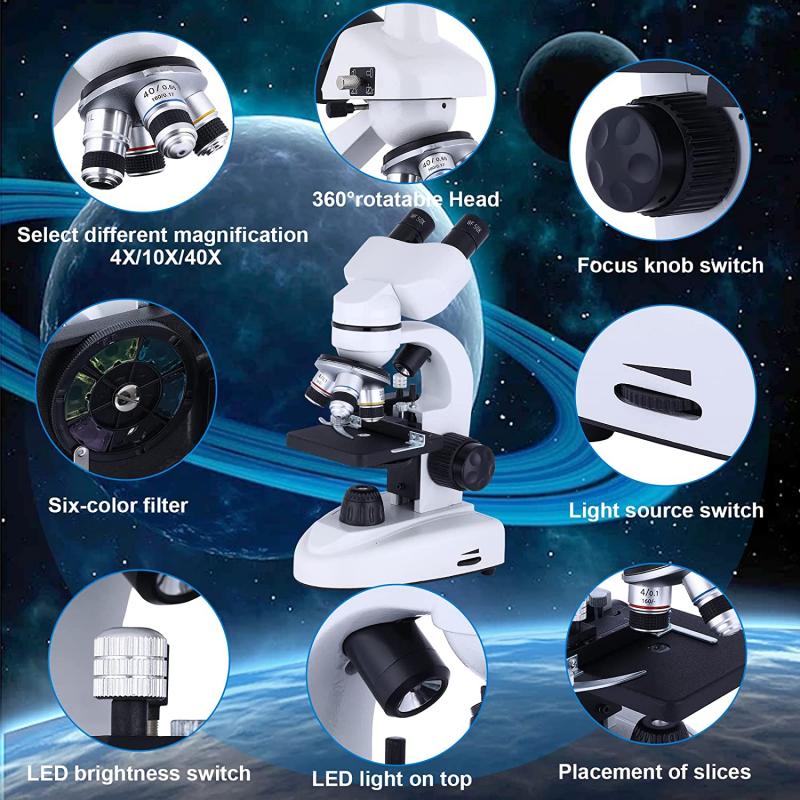














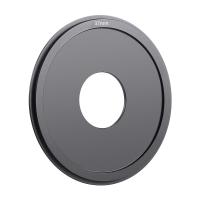

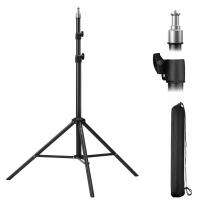


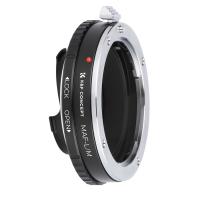
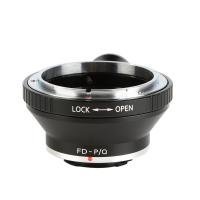









There are no comments for this blog.